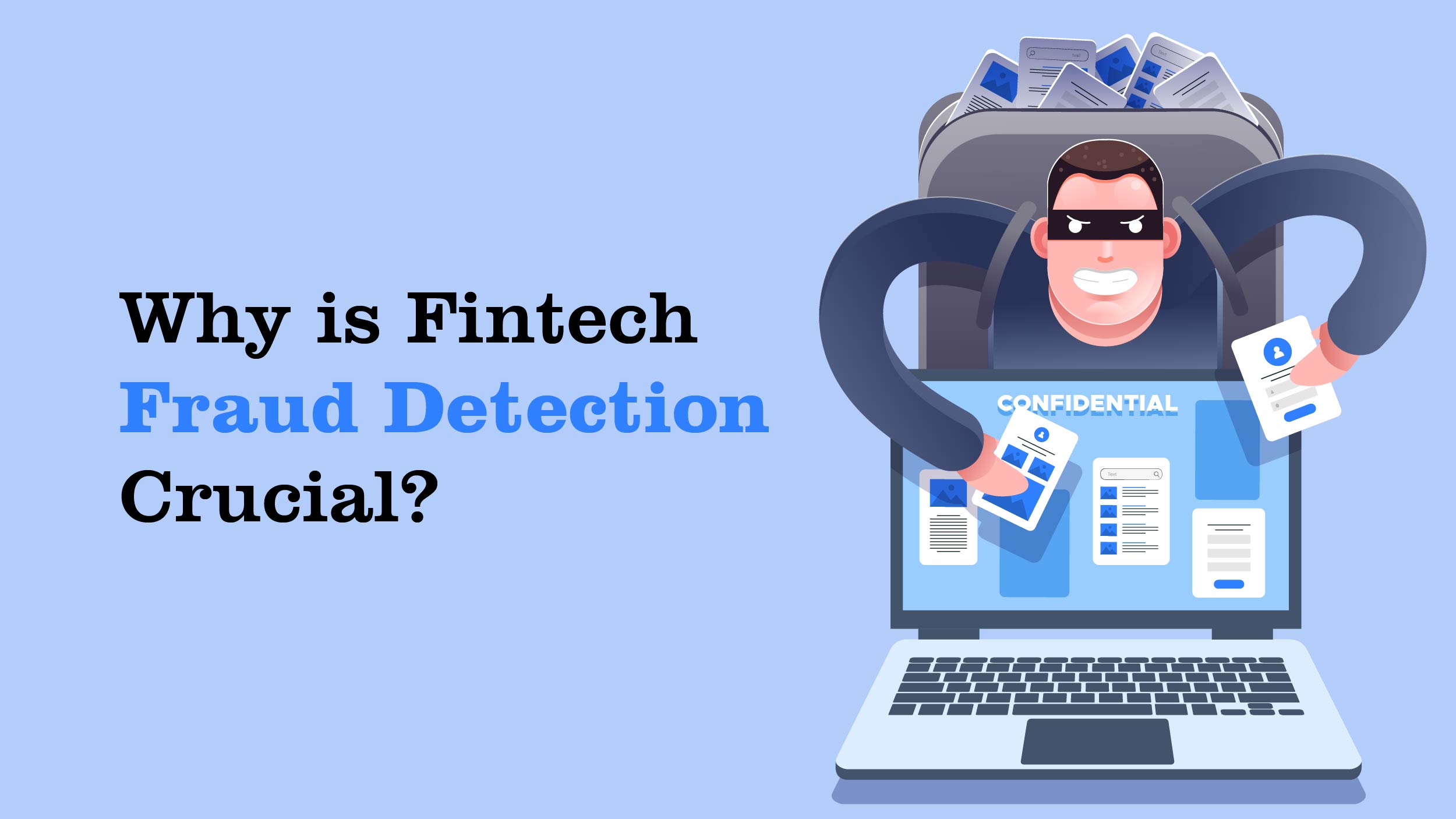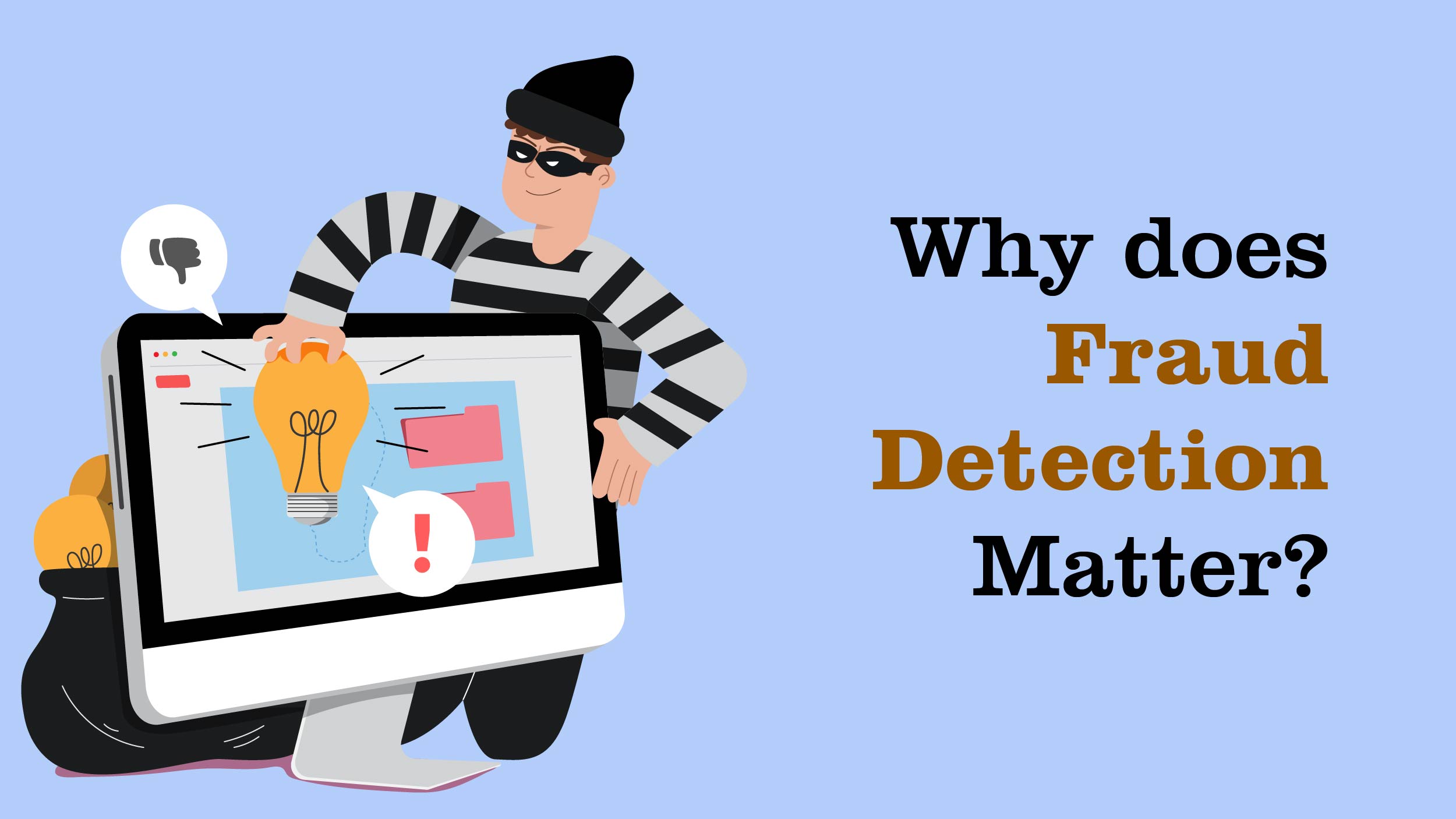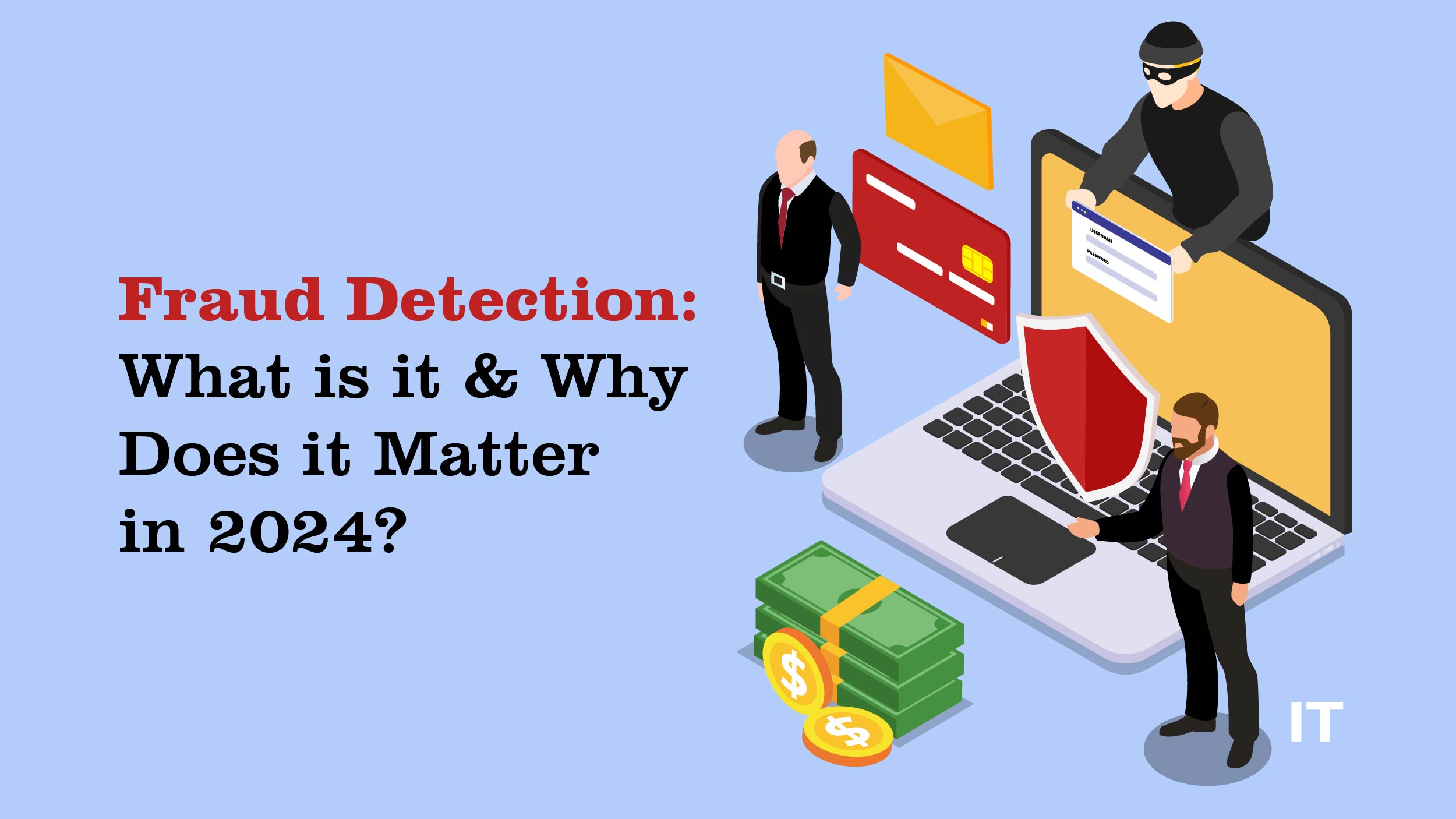The alarming rate of fraud incidents in different sectors, such as payroll departments in ministries, credit card transactions, and online platforms, has highlighted the need for effective detection of fraud measures. North America alone recorded 42% of fraud cases. On average, financial technology companies lose approximately 1.7% of their annual revenue to fraud each year.
Traditional rule-based approaches have limitations and may not be sufficient in today’s complex landscape. This article explains the importance of fraud detection, how it works, and more.
What is Fraud Detection?
The process of determining whether a transaction is fraudulent or not is known as fraud detection. This can be accomplished in many ways, like by examining consumer behavior or searching for data trends that may point to fraudulent instances.
Fraud can be avoided in several ways, including by implementing detection systems, teaching staff to see suspicious trends, or leveraging data analytics to pinpoint risk indicators. Businesses can safeguard themselves against monetary losses and harm to their reputation by adopting preventive measures.
The application of machine learning and artificial intelligence in detection is growing because of their ability to swiftly and accurately identify patterns and anomalies.
What Are Deepfakes?
Deepfakes refer to media like videos or images that have been altered or created using advanced algorithms known as deep learning. These techniques use artificial intelligence and deep learning models to swap the appearance of one person with another, making it hard to tell what’s real and what’s not.
The term “deepfake” comes from “deep learning” and “fake,” emphasizing the use of deep neural networks to produce believable but fake media. At first, deepfakes were mainly used unethically to swap faces in inappropriate content without permission. However, their impact goes beyond this.
Why is Fintech Fraud Detection Crucial?
 Fintech companies are without a doubt a prime target for fraud; according to recent figures, their average fraud rate is 0.30%, which is double the rate for credit card fraud (0.15 to 0.20%) and triple the rate for debit card fraud (0.10%). Fraudsters won’t cease using fintech as a target anytime soon.
Fintech companies are without a doubt a prime target for fraud; according to recent figures, their average fraud rate is 0.30%, which is double the rate for credit card fraud (0.15 to 0.20%) and triple the rate for debit card fraud (0.10%). Fraudsters won’t cease using fintech as a target anytime soon.
Risk and compliance teams are under growing pressure to build efficient tactics to combat fraud in fintech as more fraudsters search for flaws within these organizations’ cybersecurity. The best approach to striking a balance between security and business growth is to concentrate on improving your fintech fraud detection and protection techniques, especially since fraud losses might jeopardize your revenue and reputation.
The average fraud rate for fintech is 0.30%, which is double the 0.15–0.20% rate for credit cards and triple the 0.10% rate for debit cards. Additionally, according to Forbes, PayPal acknowledged it had 4.5 “illegitimate” accounts in its network at the beginning of 2022 and blamed weaknesses in its client acquisition strategy.
Also Read: 7 Best Fintech Accelerators for 2024: Who’s Setting the Bar?
What are the Tools that Can Be Used to Detect Fraud?
Here are some notable fraud detection tools:
- SEON: SEON provides fraud detection software designed to prevent payment fraud, identity fraud, and account takeover fraud. Their solutions are accurate and customizable to suit different company needs.
- Linkurious: Linkurious offers a graph visualization and analysis platform utilized for the detection of fraud, anti-money laundering, intelligence, and cybersecurity purposes.
- F5 Distributed Cloud Bot Defense: F5 Distributed Cloud Bot Defense provides website security against bots, fake users, and unauthorized transactions, effectively preventing large-scale fraud.
- Midigator: Midigator provides a chargeback management solution aimed at efficiently protecting revenue.
- Stripe Radar: Stripe Radar is an automated fraud detection system that verifies customers during payment transactions. It extends its services to the broader business community, offering fraud risk assessments.
- Alessa: Alessa is a fraud detection and prevention solution utilizing advanced analytics to detect anomalies in various transactions, including procurement, payroll, and insurance claims.
- Featurespace: Featurespace offers adaptive behavioral analytics technology and automated deep behavioral networks for risk management and fraud detection.
- ComplyAdvantage: ComplyAdvantage provides an AI-based fraud detection solution, empowering firms to effectively detect and prevent payment fraud.
Why does Fraud Detection Matter?
 Even though it may appear to be a tiny sum at first glance, challenger banks experience significantly more fraud than traditional banks do. Fraud can enter the user journey at numerous points, from account sign-up through purchases; thus, it’s critical to keep an eye on all potential points of vulnerability.
Even though it may appear to be a tiny sum at first glance, challenger banks experience significantly more fraud than traditional banks do. Fraud can enter the user journey at numerous points, from account sign-up through purchases; thus, it’s critical to keep an eye on all potential points of vulnerability.
Digital banks like Neobanks are currently coping with the fraud industry’s ongoing rapid evolution, much like PayPal battled to stay up with it in the early 2000s. As more capital is invested in the industry and transaction values rise, fraud will rise.
What are the Best Fintech Fraud Detection and Prevention Solutions?
While there are many ways to avoid and identify fintech fraud, your risk and compliance team needs to employ the correct solution to do it effectively.
These are some of the qualities you should look for in an excellent Fintech fraud detection and prevention solution:
- Identity confirmation: KYC/KYB data partners are incorporated into your onboarding operations to confirm that your customers are who they claim to be.
- Data monitoring: User behavior, including transactions and logins, is monitored in real-time and contrasted with past data to identify suspect behavior.
- Predictive Scoring for Warnings: Your risk and compliance team can prioritize the most crucial warnings for investigation with the aid of machine learning and predictive analysis.
- Case Management: A single dashboard makes it simple to view potential fraud cases, and automated SAR reporting enables your team to alert FinCEN and other organizations to prove suspicious activity.
- No-Code Workflows: Custom rules and workflows can be built up separately by operators, obviating the requirement for post-integration code changes in your environment.
- Strict Customer Onboarding Procedure: The switch from physical to digital onboarding has significantly altered the entire customer experience process. However, financial institutions should make sure they are carrying out the necessary checks and balances about verification and record-keeping that are necessary to ensure system security in the process of making things quicker and smoother.
- Continuous Monitoring: Following the completion of the initial onboarding and KYC, firms should frequently review their client files to make sure everything is in order and that no unusual activity is taking place. A frequent audit of client data, for instance, can help identify any unusual behavior or warning signs that may be part of a larger illegal operation.
- Stringent Procedures for Status Changes: Banks should have a predetermined, reliable, and strict method to record any change in circumstances in their clients’ accounts. Vendors should insist on compliance with KYC procedures and other defined rules, for instance, for anything like an address change, the addition or removal of a nominee, or even a third-party cash transfer, to verify the changes are permitted by the account owner.
Finally, fintech should insist on multifactor authentication that is connected to a customer’s attributes, such as biometrics. Theft or replication of an individual’s biometrics or other distinctive personal information is challenging. However, it should be emphasized that biometrics are not 100% reliable and may slow down the quick and simple delivery of services. Though it is more expensive and time-consuming to replicate, it is still safer than simple login credentials.
What are the Advantages of Fraud Detection?
Using fraud analytics has various advantages such as:
- With automation, any available transactions can be checked for potential issues.
- It is possible to combine data from several sources for an in-depth examination.
- It is possible to predict with precision the financial implications of expected fraud.
- Automated fraud detection systems can save money while reducing reliance on human personnel.
- Machine learning systems improve on already-in-use fraud prevention solutions to produce better results.
- Fraud analytics speed up the fraud detection process. It is possible to take corrective action as soon as possible.
- Security processes can be made more effective by applying the lessons from analytics tools.
End Note
Fraud detection is a critical aspect of safeguarding organizations and individuals from the detrimental impacts of fraudulent activities. As fraudsters become more sophisticated, traditional rule-based approaches are no longer sufficient. Advanced detection solutions that leverage technology, data analysis, and machine learning algorithms have become crucial in mitigating fraud risks.

































